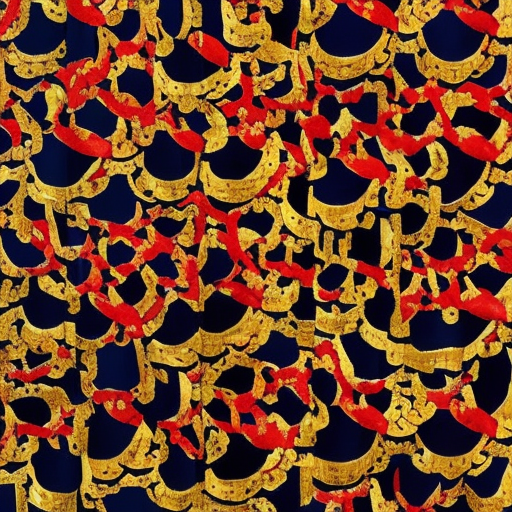Kabuki Theater: A Traditional Japanese Art Form
Kabuki theater is a traditional form of Japanese theater that originated in the early 17th century. It is known for its elaborate costumes, stylized performances, and dramatic storytelling. Kabuki has a rich history and continues to be a popular form of entertainment in Japan and around the world.
Origins and Development
Kabuki theater was developed by a female dancer named Izumo no Okuni in Kyoto during the Edo period. Originally, it was performed by women, but due to its popularity and the increasing number of scandals associated with the performances, the government banned women from performing in Kabuki in 1629. Since then, all roles, including female characters, have been played by male actors known as “onnagata.”
Over the years, Kabuki has evolved and incorporated elements from other traditional Japanese performing arts such as Noh and Bunraku. It has also been influenced by Western theater and modernized to appeal to contemporary audiences.
Characteristics and Performances
Kabuki theater is characterized by its vibrant costumes, elaborate makeup, and exaggerated movements. The actors wear intricate costumes that reflect the character’s social status, profession, and personality. The makeup, known as “kumadori,” is applied in bold colors and patterns to enhance the facial expressions and emotions of the characters.
Kabuki performances are known for their stylized movements and gestures. Actors use a variety of techniques, such as exaggerated poses and slow-motion sequences, to convey emotions and tell the story. The performances often include acrobatics, dance, and music, creating a visually stunning and dynamic experience for the audience.
Themes and Stories
Kabuki theater covers a wide range of themes, including historical events, legends, and domestic dramas. The stories often revolve around love, honor, loyalty, and revenge. Some of the most famous Kabuki plays include “Chushingura” (The Treasury of Loyal Retainers), “Kanjincho” (The Subscription List), and “Sukeroku” (Sukeroku: Flower of Edo).
The plays are typically divided into acts and scenes, with each scene featuring a different set and characters. The storytelling is often accompanied by traditional Japanese music, including drums, flutes, and string instruments. The music adds depth and emotion to the performances, enhancing the overall theatrical experience.
Popularity and Influence
Kabuki theater has remained popular in Japan for centuries and continues to attract audiences of all ages. It has also gained international recognition and has been performed in various countries around the world. The unique blend of visual spectacle, dramatic storytelling, and cultural significance has made Kabuki a beloved art form.
Kabuki has also had a significant influence on other forms of art and entertainment. Its stylized performances and visual aesthetics have inspired filmmakers, fashion designers, and artists. Elements of Kabuki can be seen in contemporary Japanese pop culture, including anime, manga, and video games.
Preservation and Future
Efforts have been made to preserve and promote Kabuki theater as an important cultural heritage. The Kabuki-za theater in Tokyo is the main venue for Kabuki performances, and there are also Kabuki theaters in other cities across Japan. The government has designated Kabuki as an Intangible Cultural Heritage, ensuring its protection and support.
In recent years, there have been attempts to modernize Kabuki and attract younger audiences. New plays and adaptations have been created, incorporating contemporary themes and technologies. These efforts aim to keep Kabuki relevant and ensure its survival for future generations.
In conclusion, Kabuki theater is a traditional Japanese art form known for its elaborate costumes, stylized performances, and dramatic storytelling. It originated in the 17th century and has evolved over the years, incorporating elements from other traditional arts and modern influences. Kabuki continues to be popular in Japan and has gained international recognition. Efforts are being made to preserve and promote Kabuki as a cultural heritage, ensuring its longevity and relevance in the future.












